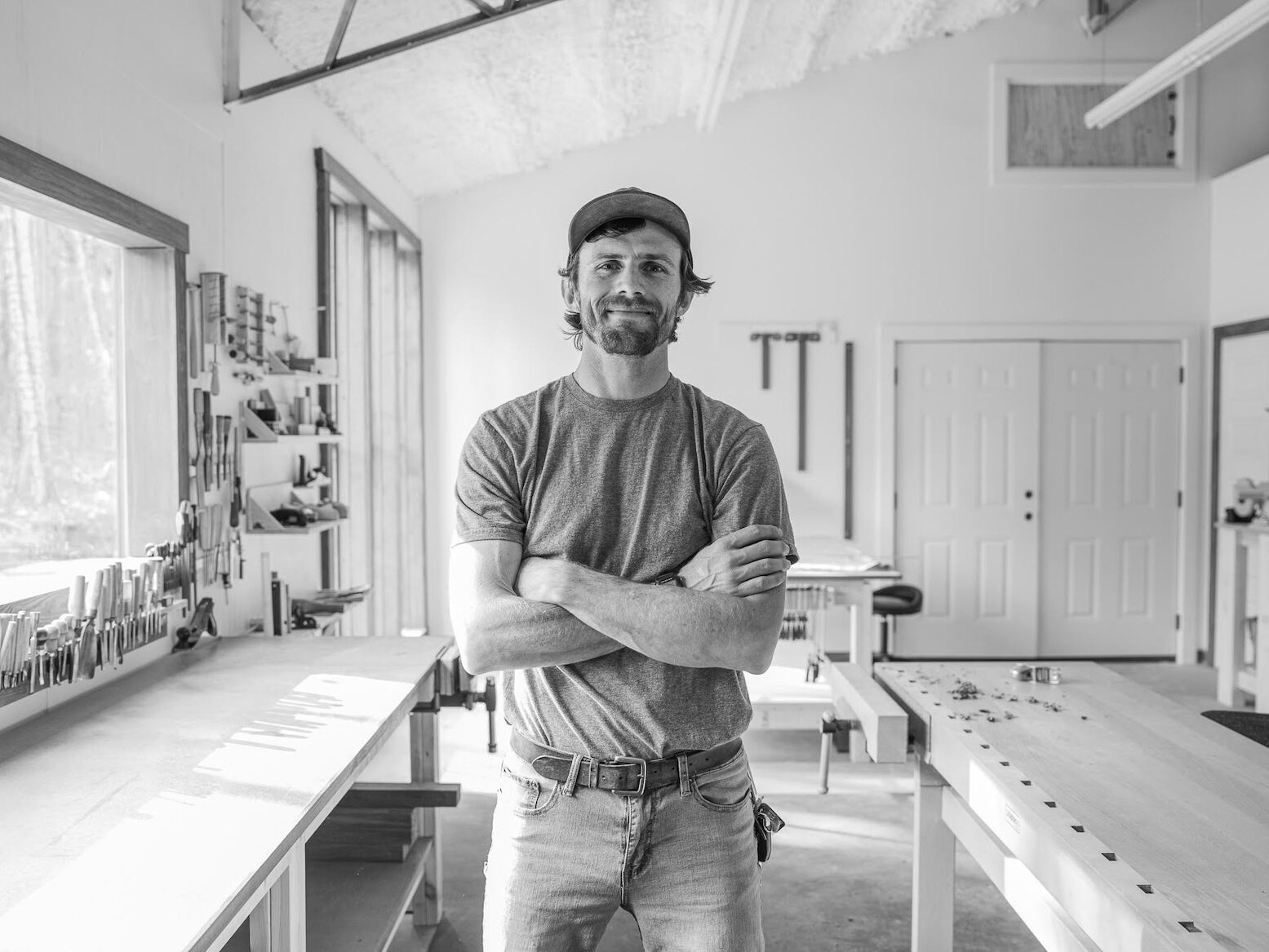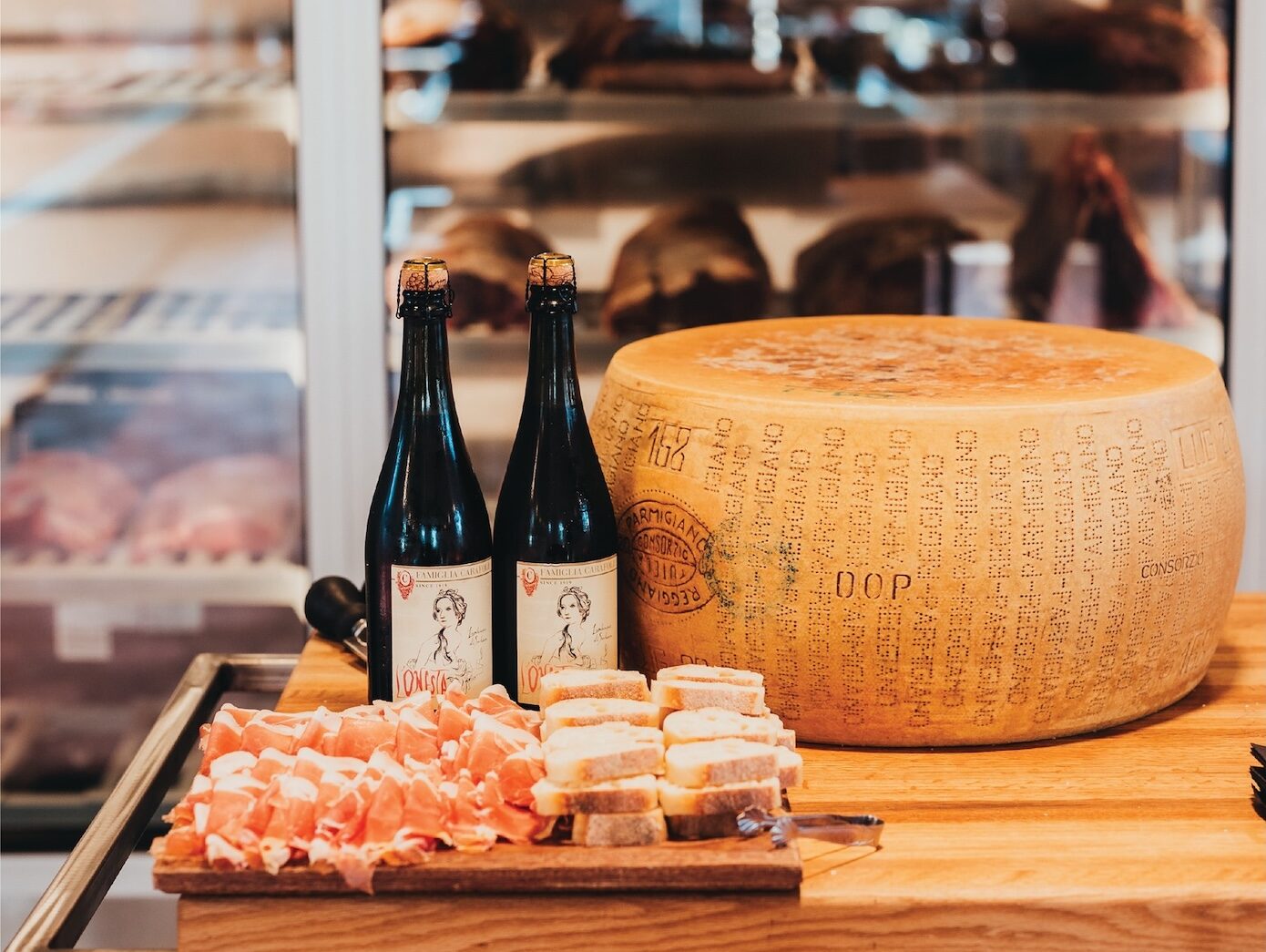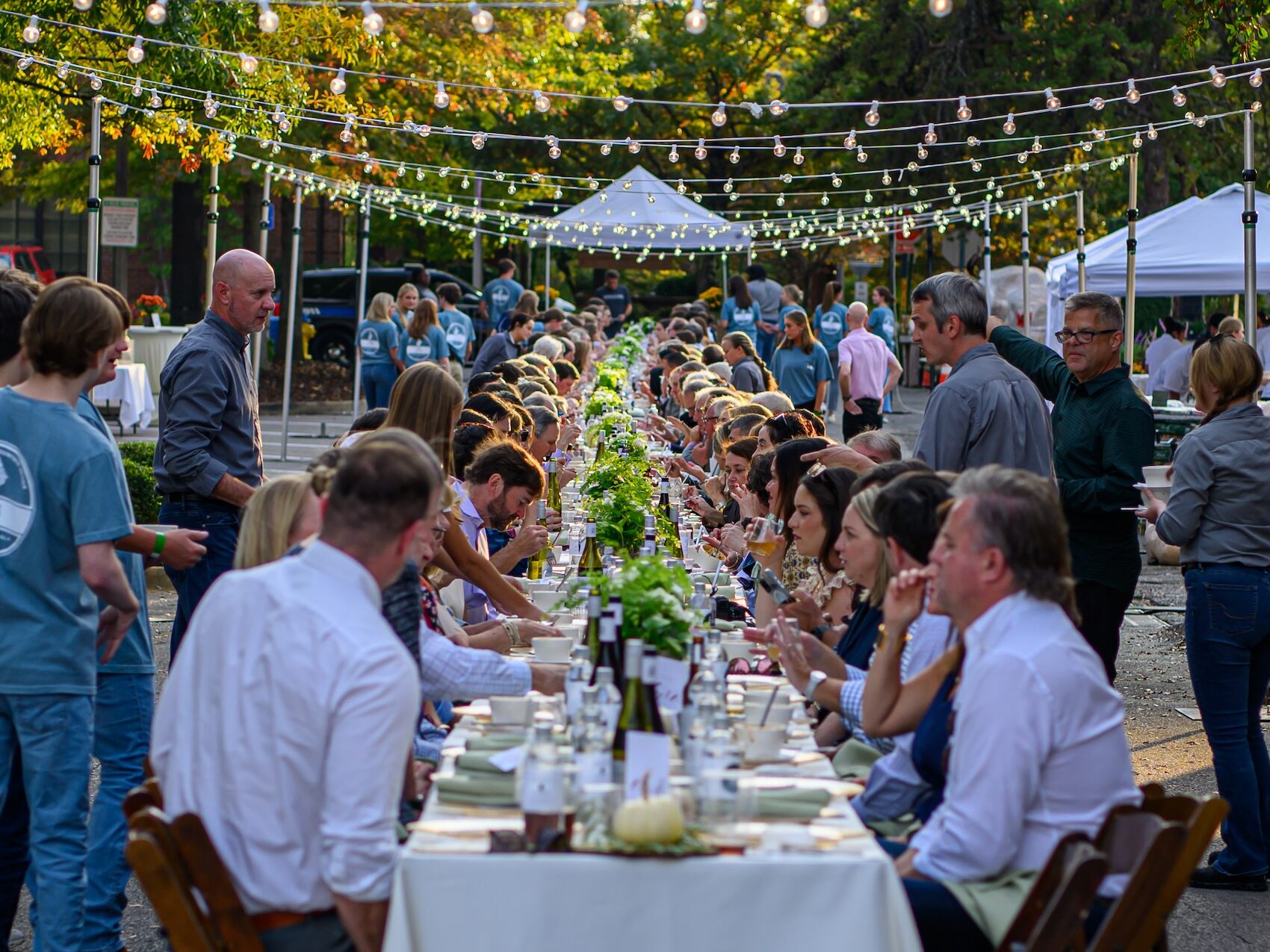Through Chisel & Wood, Zach Burandt is bringing both an impeccable eye and impressive talent for creating timeless furniture to Alabama. In his woodworking studio near Lake Martin, Zach carefully crafts pieces that serve as meaningful extensions of a home. The result of a journey of self-discovery and self-realization, Chisel & Wood is a standout in the South. We had the opportunity to ask Zach about his inspiring work. Here’s what he had to say.

(Chisel & Wood/Contributed)
What inspired your passion for woodworking, and how did it evolve into a full-time career?
Woodworking has been one of the few things in life that felt like it grabbed ahold of me versus me grabbing ahold of it, so it’s a fun story to tell.
I was in the middle of a transitional season of life where I had recently left my previous job but still wasn’t sure what was next. I had saved up enough money to take a month or two off so I chose to spend this period in Northern California where I planned to rest, fly fish, reconnect with old friends, and begin the journey of sifting through what was next.
My old landlord Jim was a custom woodworker so in my free time, I offered my help to him, and over the course of the next month or so, a few hours in his shop turned into a few days, which turned into not wanting to leave.
One day I was connecting with a friend when he asked me “Why don’t you start a small woodworking business?” to which my initial thoughts were that I wasn’t qualified. I then had a moment where I opened myself up to the idea and made a list of the necessary skills someone would need to start a small woodworking business.
Unbeknownst to me, I had actually developed most of these skills in previous seasons of life, and when I realized that, I came to the conclusion that if there was ever a time to take a risk in life, it was now. Because Jim let me use his shop and even some wood for free, my overhead to launch the business was minimal and included purchasing two things: a used laptop to build the website and a used camera for photos.
At the time, the only thing I knew how to make were cutting boards, so I made a few boards, took some photos, built a website, and launched the business in December of 2019. A few months later, I opened an Etsy store and designed my first piece of furniture, a walnut coffee table, with Jim’s help. After a stranger bought the coffee table, that was a moment where I began to see a potential career, and not just a fun side gig. This led me to change career paths, go back to school on the coast, and eventually build my own woodshop studio next to Lake Martin.

(Chisel & Wood/Contributed)
How did your time at the Krenov School of Fine Woodworking shape your approach to furniture making?
Prior to school, I was largely dependent on Jim’s oversight and knowledge when it came to furniture making which meant I enjoyed working with wood but had not developed the mind of a woodworker yet. The school helped expose me to the depth of the craft, both practically and philosophically, and I learned that working with wood is like most things in life: it’s a deep well that doesn’t have a bottom. However, the deeper you go, the more meaning you usually discover and that was my experience.
For me, I began to see a piece of rough-sawn wood as less of a material to use and more as a story to be told. Furniture making became more about the intentional effort of bringing this tree back to life in a beautiful way vs. trying to manufacture a product to be sold. While I don’t disagree with the latter, I discovered more depth and purpose in the former which led to discovering one of my values that I try to work by: if it means something to me, it will mean something to someone else. At the end of the day, making a piece of furniture is just as much for me as it is for the client who receives it.
What does it mean to you to create furniture that tells a story?
Our furniture is made of wood and that wood came from a tree and that tree lived a life. Some live longer, some shorter, but most trees will live their existence in obscurity where few people will likely ever get to see or discover what’s inside them.
There is an untold story there and if you were to open up a tree and look at the growth rings, you would be able to see the entirety of its life: the years of droughts, seasons of abundance, storms, fires, diseases, etc. This is why I try, for some pieces, to only use wood that comes from the same tree because you’ll get a sense of its whole story from the chaotic, figured wood that was produced in its early years to the straight-grained, durable wood that was produced in its latter years. So, to answer the question, the story has actually already been written, I just get to tell it.

(Chisel & Wood/Contributed)
Can you describe your design philosophy and the influences that impact your work?
A person’s design philosophy is usually indicative of their own values so when I look at myself, the values I connect to the most line up with words like simplicity, excellence, and creativity. That said, I’m usually drawn to more minimalistic furniture like the Scandinavian or mid-century modern movements.
However, the two craftsmen who have impacted me the most from a personal perspective are James Krenov and George Nakashima. What I see in them isn’t just a high level of craftsmanship but also an originality and a depth they held as people. They were just as wise in regard to life as they were in their craft and I admire that.
How do you go about sourcing your lumber, and why is it important to you to be so selective?
The selection of wood is easily the most important part of a woodworker’s process. Because each tree has a personality—natural tendencies, weaknesses, strengths, etc.—it will dramatically affect how you interact with it. Would you rather work with someone who is consistently tense and stressed or someone who is relaxed, and at ease?
When you make furniture, you will find out pretty quickly what type of personality the wood has which is often indicative of how well—or not— it was taken care of in its milling and drying process. For some mills, their process is short and takes only days, and for others, it may take years.
A few years ago, I took a road trip from Alabama up to Maine, and on the way I stopped at a family-run sawmill to get a peak at their process. This sawmill in Northern Pennsylvania took the same level of care in preparing their wood as I aspire to take when I make something, so they have given me a lot of the wood I’ve used for recent pieces. I’ve also cut down and milled a few walnut trees myself with a chainsaw, and they have been air-drying for the last few years in order to allow the wood to naturally relax over time. I really look forward to the day when they are ready to work. There’s the old adage, “If you take care of it, it’ll take care of you.”

(Chisel & Wood/Contributed)
What role does hand craftsmanship play in your work, and why do you value it so highly?
When someone makes something with their hands and puts themselves into the work, there is usually a deep, but subtle, sense of dignity they experience in their spirit. That experience is one of the driving forces that I seek out in each piece and it often shows up when I’ve completed a piece and I’m naturally proud of it. For me, I’ve almost never experienced that feeling when using a machine.
While I have machines in my shop and use them, I can tell when I rely too heavily on them because it robs me of that feeling. Whereas, when I work with the wood myself via hand tools, I tend to sense it more. There is also a measure of humanity and transparency when working with your hands because every mark or cut isn’t going to be perfect which lets you know it was made by a human and not a machine, and I like that.
Which piece of furniture that you’ve created holds the most personal significance for you, and why?
The first dining table I built in the new shop. The piece was a six-foot round dining table made with a stack laminated base. The table in its entirety was made from solid walnut. The tabletop walnut came from the family-run mill in Pennsylvania and the pedestal walnut was sourced locally in Alabama. Overall, the table took approximately 150 hours to create.
When we think of wood, we usually think of trees, and when we think of trees, we are usually thinking about one part of a tree—the part that is above the ground. I think it’s also important to notice another part of the tree—the part that is under the ground and hidden from sight.
What goes on in that part of a tree is important since all the shade, fruit, oxygen, and protection we experience above the ground can be traced back to what goes on beneath it. I like how this table is a representation of the entirety of a tree as it is designed to be experienced and enjoyed just as much beneath the table as it is above it.

(Chisel & Wood/Contributed)
How does living and working in Alabama influence your design process or material selection?
I’m a pretty big nature and outdoors guy. I grew up in Northern Michigan, worked and lived in Northern California, and I love to fly fish, so I’ve been fortunate to experience some pretty special places. However, Alabama was the first place where I chose to buy land and build on it.
The woodshop sits on 11 acres of raw woodland that butts up against a large tributary that flows into Lake Martin. When I first bought the land, I cut a long trail through the woods down to the creek so when I walk down there now, I frequently run into deer, beavers, owls, turtles, and a lot of birds. As someone who enjoys nature and solitude, I feel like this little piece of earth was tailor-made for me, so it’s been enjoyable to take care of.
Support Zach’s work by visiting his website here or by following along on Instagram here.




